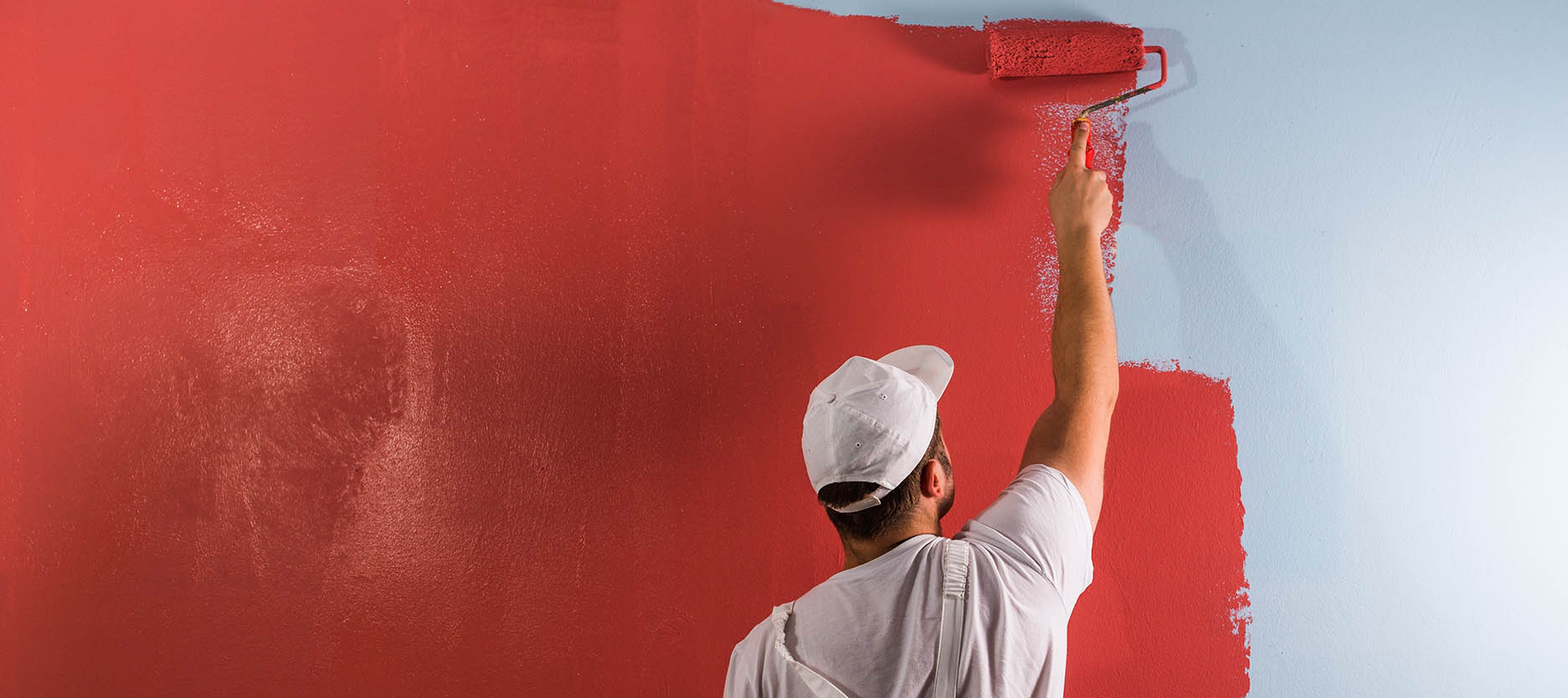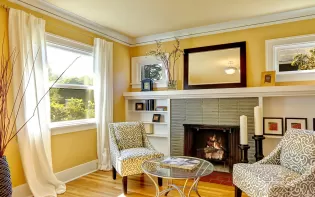Painting or repainting wooden furniture is a great way to transform tired old pieces and give them new life. However, not all paints are well-suited for use on wooden surfaces. The right paint can preserve and protect furniture while providing a beautiful, long-lasting colour. Consider these essential tips when selecting paint for painting wooden furniture.
Wood has unique properties that require specially formulated paints. Using the wrong type of paint may chip, crack, peel, or rub off easily. It could even damage the wood by preventing the surface from properly breathing. However, quality paints for coloured wooden furniture can offer strong adhesion, durability, and vibrant colours that stand the test of time.
-
1. Consider the Type of Wood:
Different woods have varying densities, textures, grains, and porosities. Determine what type of wood your furniture is made from, as paint needs may differ for hardwoods versus softwoods or porous versus non-porous wood types.
When examining your wooden furniture, note whether the wood has an open or closed grain that feels smooth or coarse, whether the wood is knotty and contains sapwood, etc.
For example, pine is a soft wood with lots of knots that absorb paint differently than hardwoods like oak or maple, which have tighter grains. Paints are formulated to account for wood types, so proper identification is key.
-
2. Opt for High-Quality Paint for Durability:
Seek out premium furniture paint brands that offer superior adhesion, UV protection, resistance to chips/peels/cracks, and longevity, even with heavy use over many years.
When choosing the paint, consider oil-based, latex, or chalk-style paints. Test paint samples on inconspicuous areas first. Prep surfaces properly by cleaning, sanding, and priming before painting.
Allow adequate dry time between coats. Use high-quality brushes and rollers. Wipe up the spills right away. Apply thin, even coats and avoid drips. Ventilate the room during and after painting timber furniture.
Check the manufacturer's instructions for any special requirements. Properly store leftover paint for touch-ups later. With quality paint and good technique, your painted furniture can maintain its freshly updated look for many years of use.
Premium furniture paints, like Wonderwood Clear Acrylic Lacquer, can help you achieve a professional finish for furniture refinishing projects.
-
3. Choose the Right Finish for the Desired Look:
Paints come in different finish sheens, such as high-gloss, satin, matte, distressed, crackled, and more. Decide the aesthetic you want before purchasing the paint.
Consider where the furniture will be used to determine the appropriate finish. The high gloss has a shiny and smooth appearance, which is good for high-traffic areas but prone to imperfections. Satin is a soft and lustrous option.
Matte paint mutates light to hide flaws. Distressed paint lends a timeworn and vintage look. The crackled finish imitates alligator-skin cracks. Metallic paint delivers an industrial vibe. Pearlised paint shifts tones.
Frosted paint mutes wood grain. Faux-finish paints mimic marble, stone, wood, and more. Test samples can be used to visualise the finish in the space. Factor in how the sheen will pair with lighting.
A matte or eggshell finish can help hide signs of wear over time. Combining paint finishes can produce distinctive effects. Consult manufacturer guidelines on suitability for different applications.
4. Use Primer for Better Adhesion:
A quality primer helps paint grip the surface better, blocking stains, tannins, and wood knots from causing bleed-through discolouration issues.
Priming ensures even sheen across different types of existing finishes. It seals porous surfaces like wood, metal, and fiberboard, so topcoats can be applied smoothly without absorbing unevenly.
Primer also prevents potential reactions between paints and surfaces. For best results, apply primer specifically made for the surface type using a brush, roller or sprayer according to the manufacturer's directions. Allow proper dry time before painting wood furniture.
Also Read: What is Wood Paint?
-
5. Select the Right Colour for Wooden Furniture:
Some paint colours work better than others at bringing out the beauty of natural wood grains. Bold hues show wear sooner than neutral shades.
Warm and organic tones can accentuate wood texture. Cool tones can help downplay wooden grain. Deep colours overpower faint grain, while light tints let it show through. Test samples first.
Consider undertones that coordinate with wood type especially to repaint wood furniture. For example, golden oak suits honey hues. Prioritise high-traffic areas with durable neutral paints. Use bold colours sparingly on accent walls or as decor.
-
6. Go for Eco-Friendly and Non-Toxic Paint Options:
Quality paint brands like Nerolac offer no- or low-VOC furniture paints with plant-based ingredients and less-harmful fumes/vapours.
Seek out water-based options free of solvents, heavy metals, and formaldehyde. Certified green paints can meet environmental standards for sustainability and safety. Though less smelly, "zero-VOC" paints still contain traces of VOCs, so ventilation is still required.
Milk paint and chalk-style paint give an organic look using eco-friendly technology. Designate the painting area away from kids and pets to limit fume exposure. Read all warning labels carefully and take precautions. Greener paints provide safer and healthier alternatives while delivering vivid colours and durable protection.
-
7. Consider Chalk Paint for a Rustic or Vintage Look:
Chalk-based paint can help one achieve a timeworn and antique style. The matte finish and soft touch are ideal for shabby chic decor.
Chalk paint adheres to surfaces smoothly without requiring a base primer coat. It can be tinted to any colour. The ultra-matte texture camouflages imperfections. To accentuate the wood grain, apply dark wax over the top.
Soft bristle brushes work best for even coverage. Chalk paint suits furniture, cabinets, doors, and more. Experiment with layering colours through a whitewash technique for a coastal cottage look, or add romantic floral details.
-
8. Choose Paint That Offers UV Protection:
For outdoor furniture or pieces used in sun-drenched rooms, select paints that contain UV blockers to prevent fading. Prolonged sun exposure can cause paint to lose vibrancy and develop a chalky texture or peel.
UV-protectant paints and topcoats shield against damage from harsh ultraviolet rays. They last longer outdoors and require fewer touch-ups. When refining existing outdoor items, use a primer specifically formulated for exterior applications as an extra barrier before painting.
In hot and humid climates, seek mould/mildew-resistant paints. Read labels to confirm suitability. Periodically inspect painted furniture in sun-filled spaces for early signs of wear.
-
9.Use Spray Paint for Smooth and Even Coating
Aerosol spray paints provide professional-looking results and can prevent brush marks, uneven coverage, or mismatched colour patches when painting assembled furniture.
Spray painting is faster and has a more uniform finish. Prepare the area first by lightly sanding, then thoroughly cleaning and masking off sections not being painted. Work in a well-ventilated spot away from the wind.
Apply light coats about one foot away, allowing proper dry time between passes. Rotate the object to reach all angles. Finish with protective sealer. Practice the spray technique on scrap materials until you are comfortable handling and tackling important pieces.
If attempting complicated built-in furniture, break down the components for painting. Then, reassemble after the paint has settled.
-
10.Test the Paint on a Small Area First
No matter how perfect the paint claims to be, always test it on an inconspicuous spot before fully committing to painting the entire piece to ensure you like the colour and finish result.
A sample paint test uncovers potential problems. Evaluate coverage, texture, dry time, and final look. Check for possible bleed-through or negative reactions with the original surface treatment.
Certain paints interact poorly with varnishes or stains. The small test section also lets you preview your technique. If you are unsatisfied, adjust the application method. Confirm sufficient prep work was done beforehand.
An initial test run can reduce the frustration of a poor end result after hours of painting an entire furniture piece. Don't rely solely on manufacturer promises or store recommendations; do your own mini-test first.
Proper prep work and aftercare will keep the painted wooden furniture looking freshly coated for years. Here are some additional tips one can consider:
Choosing the best paint engineered specifically for wood and proper prep and maintenance steps will result in stunning and long-lasting furniture transformations. Always read labels carefully, test out the paint, and invest in quality products for a finish that will withstand wear and tear while retaining its colourful appeal. With the right paint, you can give tired wooden furniture new life.


















